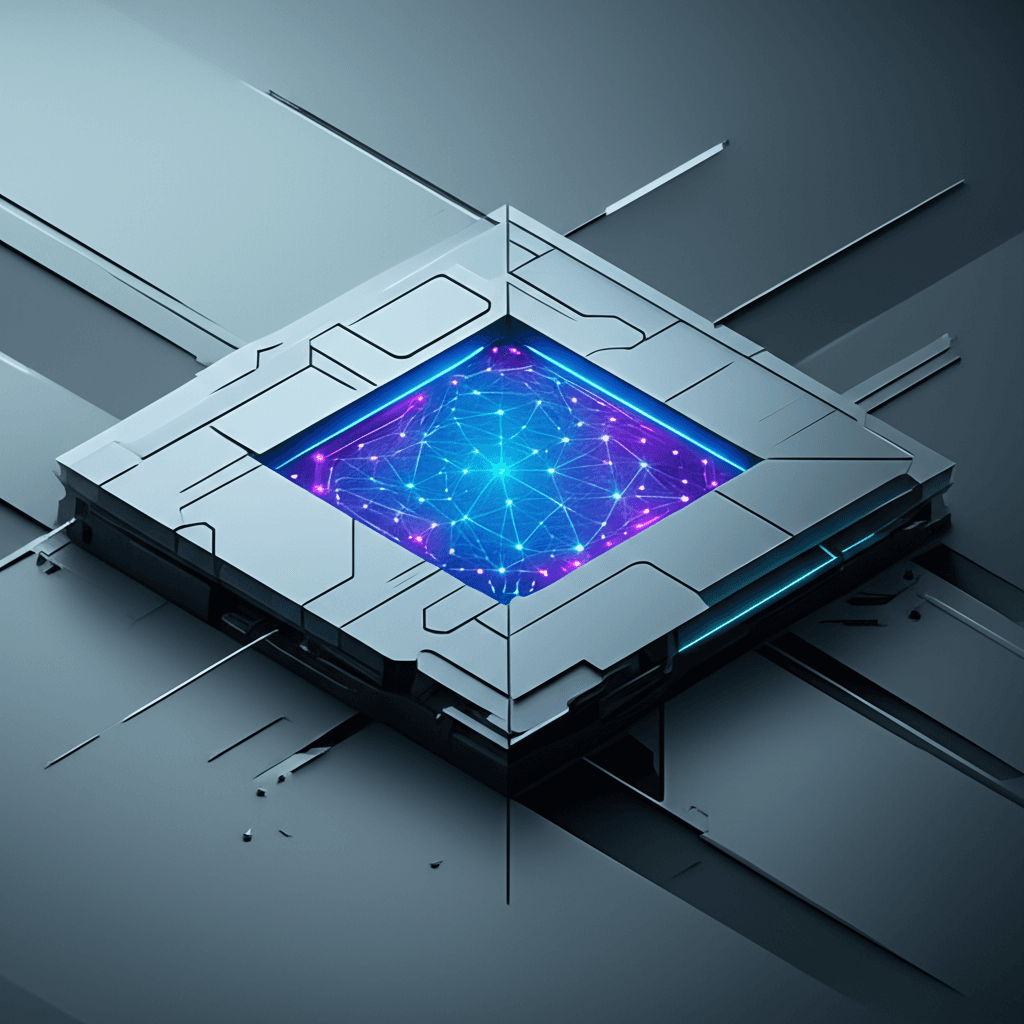Intel Overhauls Management, Cuts 10,000 Jobs in Bold AI Push
Lip-Bu Tan's aggressive overhaul eliminates bureaucracy and jobs, pivoting Intel sharply towards the AI future.
June 19, 2025

Intel is undertaking a significant leadership and organizational overhaul, culminating in substantial layoffs planned for its foundry division this July, as part of a broader, aggressive turnaround strategy under new chief executive Lip-Bu Tan. The changes, detailed in a series of internal memos, are designed to flatten the company's management structure, reduce bureaucracy, and sharpen its focus on winning in the increasingly competitive artificial intelligence sector. This restructuring follows the departure of former CEO Pat Gelsinger and represents a clear new direction for the legacy chipmaker as it confronts financial losses and intense pressure from rivals.
The executive reshuffle is a cornerstone of Tan’s strategy to create what he describes as a leaner, more engineering-focused Intel. A primary change involves flattening the corporate hierarchy by having the leaders of major business units, such as the Data Center and AI Group and the Client Computing Group, report directly to the CEO.[1] This move reverses a previous structure and is intended to give Tan more direct oversight of the company's core revenue-generating divisions, enabling faster decision-making.[2][1] In his communications with employees, Tan has emphasized the need to eliminate "organizational complexity and bureaucratic processes" that he believes have stifled the company's innovative culture.[3] This sentiment is further reflected in the departure of several executives, including the head of corporate development and leaders in the sales and marketing group.[4][5]
A critical component of the leadership change is a renewed and direct focus on artificial intelligence. Networking and Edge Group leader Sachin Katti has been promoted to the newly created role of Chief Technology and AI Officer, a move that consolidates Intel's AI strategy under a single leader.[2][6][1] Katti is now responsible for Intel's overall AI product roadmap, overseeing Intel Labs, and managing relationships with the developer ecosystem.[1] This appointment signals a major strategic pivot, as the Data Center and AI Group is being split; the newly renamed Data Center Group will refocus on its core CPU products, while Katti's new organization will absorb the development of crucial AI accelerator chips, like GPUs.[3] This structural change aims to provide a more cohesive and aggressive strategy to challenge Nvidia's dominance in the AI chip market, an area where Intel has admittedly struggled to establish a coherent plan.[1]
The organizational and leadership changes are directly linked to a significant reduction in workforce, planned to begin in July. The company is preparing to lay off between 15% and 20% of its Intel Foundry workforce, a move that could affect more than 10,000 employees globally.[7][8] According to an internal memo from Intel Manufacturing Vice President Naga Chandrasekaran, the cuts are "essential to meet our affordability challenges and current financial position."[9][7] Unlike previous workforce reductions that included voluntary buyouts, this round of layoffs will be based on performance reviews, skills assessments, and strategic priorities.[10][11] These layoffs are the latest in a series of job cuts over the past year and align with Tan's stated goal of reducing the total workforce by over 20% to create a more efficient company.[7][10][11]
In conclusion, Intel is in the midst of a profound transformation aimed at reversing years of market share losses and strategic missteps. The extensive leadership reshuffle under Lip-Bu Tan is a clear attempt to centralize control, accelerate decision-making, and place a heavy emphasis on capturing a larger share of the AI market. By flattening the organization and appointing a dedicated AI chief, Intel is signaling a major shift in its operational and strategic priorities. However, these changes come at the cost of significant job losses, particularly within the manufacturing division that is central to the company's foundry ambitions. The success of this dramatic overhaul will ultimately be measured by Intel's ability to execute its new AI-centric strategy and compete more effectively in a rapidly evolving semiconductor landscape.
Sources
[2]
[3]
[4]
[5]
[10]
[11]